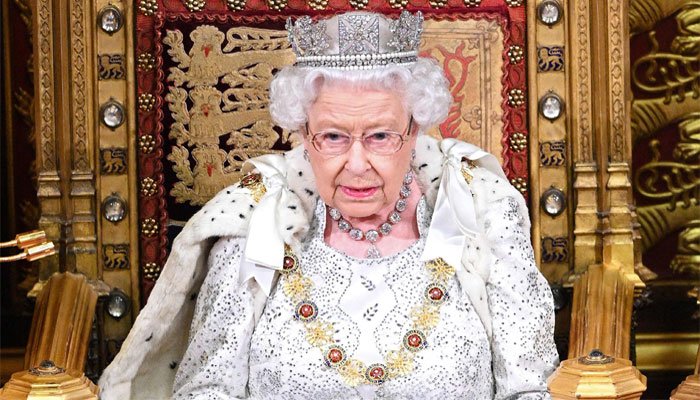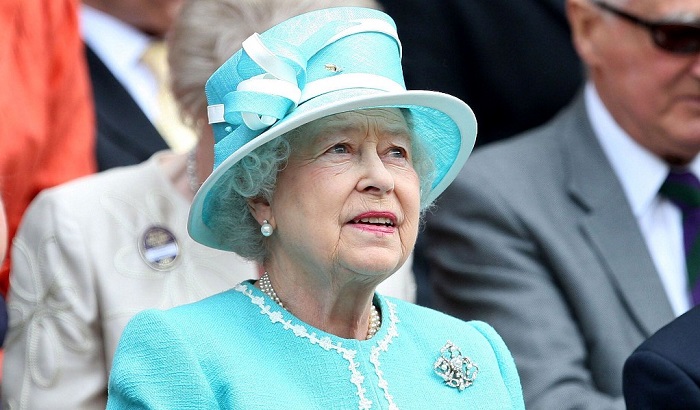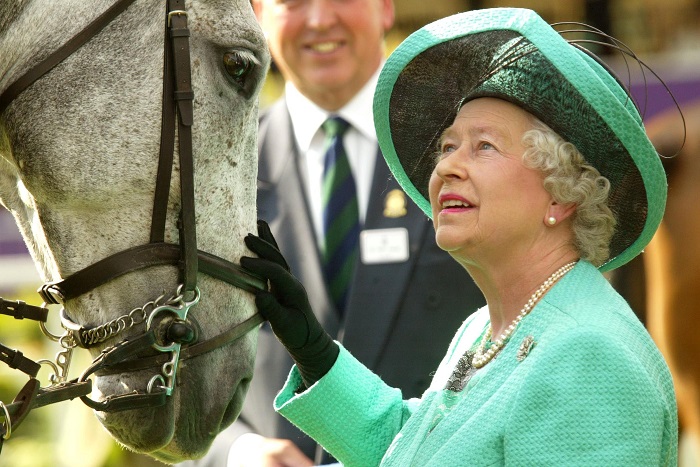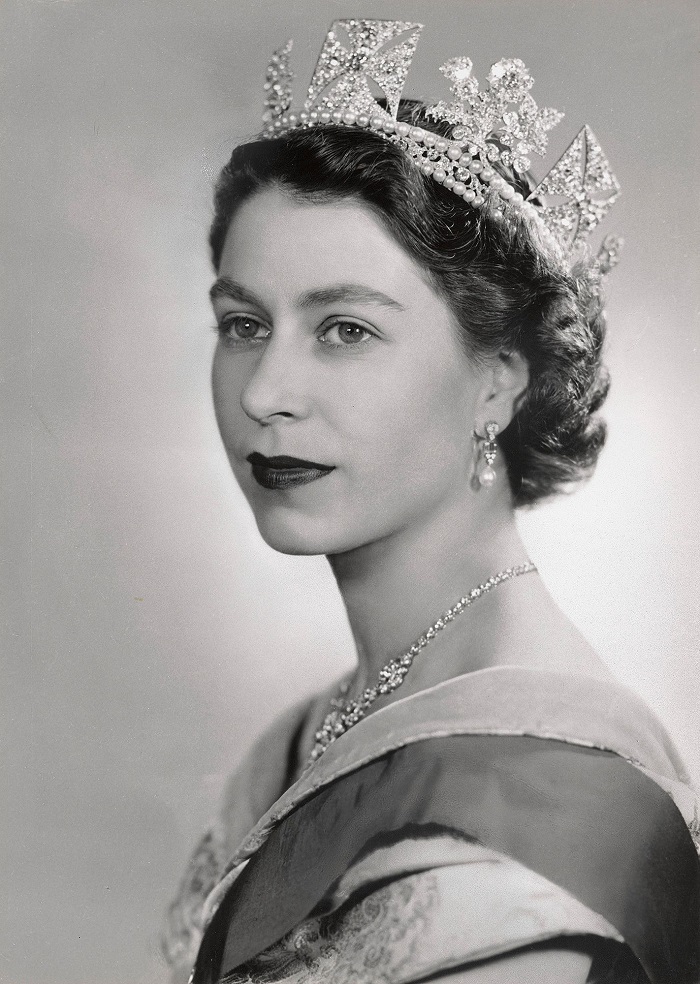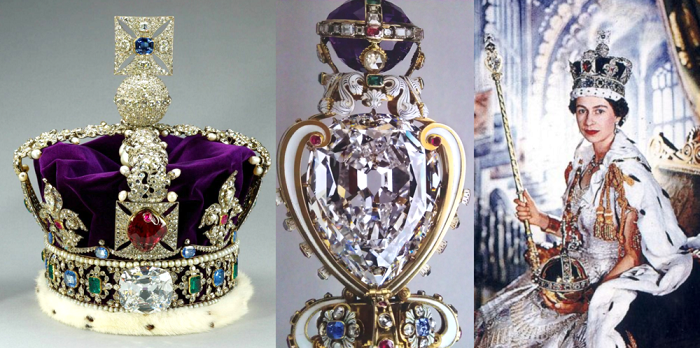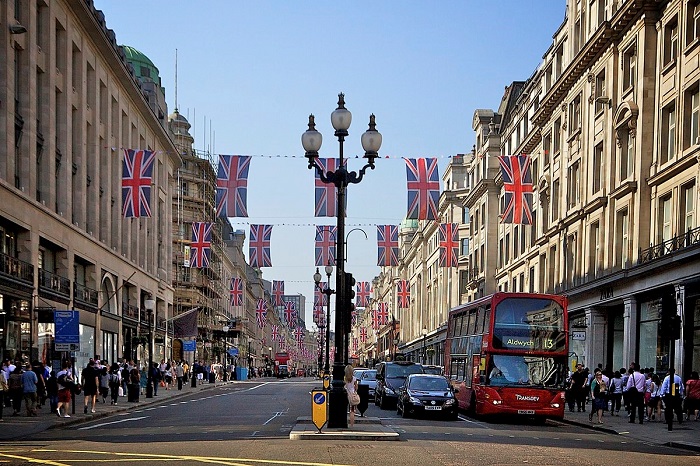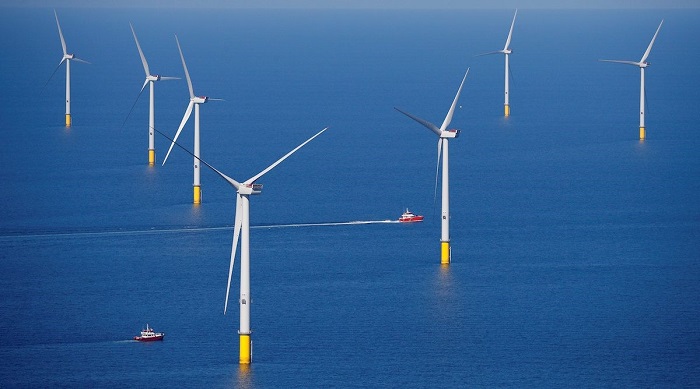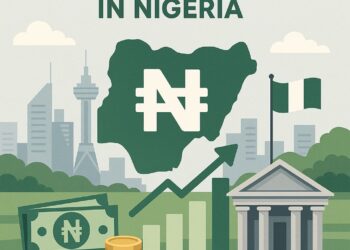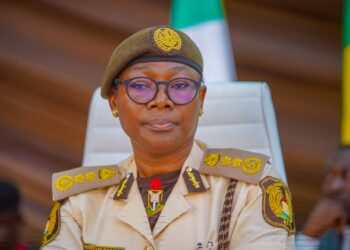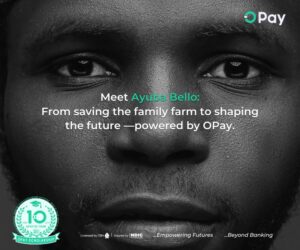No one is certain of the Queen‘s exact net worth, although the Sunday Times in Britain calculated that she was worth £370 million ($426 million) in 2022, an increase of £5 million from 2021. The publication attributed this rise to the Queen’s stock market assets.
Forbes estimated that she had $500 million in assets in 2021. With everything she owns publicly – her broches, jewellery, race horses, it’s always surprising to learn there are things she owned by constitution and rightly as a monarch.
Here is a list of things the Queen owned:
All dolphins and aquatic mammals in the UK
All whales, dolphins, and porpoises that are found within three miles of the UK’s coastline are legally the property of the Queen.
These magnificent animals have belonged to the monarch since the fourteenth century.
A law enacted by King Edward II in 1324 stated that “Except in specific regions privileged by the king, the king shall have wreck of the sea throughout the realm, whales and sturgeons obtained in the sea or elsewhere within the realm.”
Best seat at Wimbledon
The Royal Box was created in 1922 as a venue where the royal family could host other foreign officials, servicemen, and celebrities while they watched the top tennis players in the world. Even though you would believe otherwise, the chairman of the All-England Lawn Tennis & Croquet Club (AELTC) is the one who chooses who gets to sit on one of the 74 dark green Lloyd Loom wicker seats.
Because Queen Elizabeth was the head of the royals, she made that call.
A winning team of race horses
Fans of the Netflix show, The Crown may note that from an early age, Queen Elizabeth II took a keen interest in horses. Even well into her reign, the interest developed into one of her main leisure time activities with a particular emphasis on the breeding of thoroughbreds for horse racing.
Although it’s difficult to determine how many racehorses the Queen has owned over the course of her life, just last year she entered over 150 of them in the Flat season.
A tiara covered in 1,333 diamonds
Her oldest tiara – the Diamond Diadem – has been passed down from monarch to monarch since George IV’s coronation in 1821. Mostly worn only for official occasions, it has 1,333 diamonds on it.
Made by London jeweller Rundell & Bridge, it features four crosses alternating with bouquets representing different parts of the United Kingdom: roses, thistles and shamrocks. It has also been resized twice to fit the heads of some royals.
The crown has four crosses-pattee, the front cross set with a pale-yellow brilliant diamond, a narrow band of diamonds bordered with pearls, and floral sprays of a rose, a thistle, and shamrocks as national symbols.
The world’s largest clear-cut diamond
The largest clear-cut diamond in the world, which is named Cullinan I or the Great Star of Africa, and weighs 530.4 carats (106.08 g) (3.74 ounces) is owned by the British Royal. There has been some debate over whether it was a royal gift or stolen. It was discovered on 26 January 1905 and presented to Edward VII and presented to him about two years later. It has passed from monarch to monarch since.
150,000 works of art
The largest private art collection in the world is the Royal Collection of the British royal family. The collection, which was first held by King Charles III and managed by the Royal Collection Trust, is dispersed throughout 13 active and historic royal houses in the United Kingdom. The British monarch is the legal owner of some of the collections while privately owning other pieces. Over a million items make up the collection, which also includes 7,000 paintings, 150,000 works on paper, 30,000 watercolours and drawings, and about 450,000 photographs, along with tapestries, furniture, ceramics, textiles, carriages, weapons, armour, jewellery, clocks, musical instruments, tableware, plants, manuscripts, books, and sculptures.
25,000 acres of forest
the Crown Estate owns an incredible quantity of the UK and beyond. Its impressive asset portfolio includes 25,000 acres of rural farmland. A portion of the property is completely undeveloped and covered with a deep forest that has existed for a very long time.
It may be difficult to imagine a world in which the Crown is able to hold onto the land indefinitely as cities and new trends continue to develop across England. But there’s no denying that it’s a priceless item with incalculable value.
Nearly all of London’s regent street
The West End of London’s Regent Strip is a famous main shopping street in the UK, and the Crown Estate owns much of it.
As a result, although the Queen technically owns Regent Street, the Crown Estate is actually maintained by a separate, statutory organisation.
Offshore wind farms
Investment in environmentally friendly energy sources: such offshore wind farms, has soared as a result of the climate issue. In contrast to the Crown Estate’s prized West End estates, the seabed had long been an underutilized asset in its portfolio. The British monarchy’s property firm is increasingly being powered by the seabeds of Britain.
All of Scotland’s goldmines
Scotland has a long history of gold mining. A brief gold rush occurred in Auchtermuchty and Kinnesswood in 1852, followed by another in Kildonan, Sutherland, in 1869. Several attempts have been made to operate commercial mines. Gold prospecting and the extraction of lead metal coexisted in the Lowther Hills, Leadhills, and Wanlockhead regions. The Royal Mines Act declared that gold and silver mined in Scotland from 1424 until 1592 belonged to the crown.

